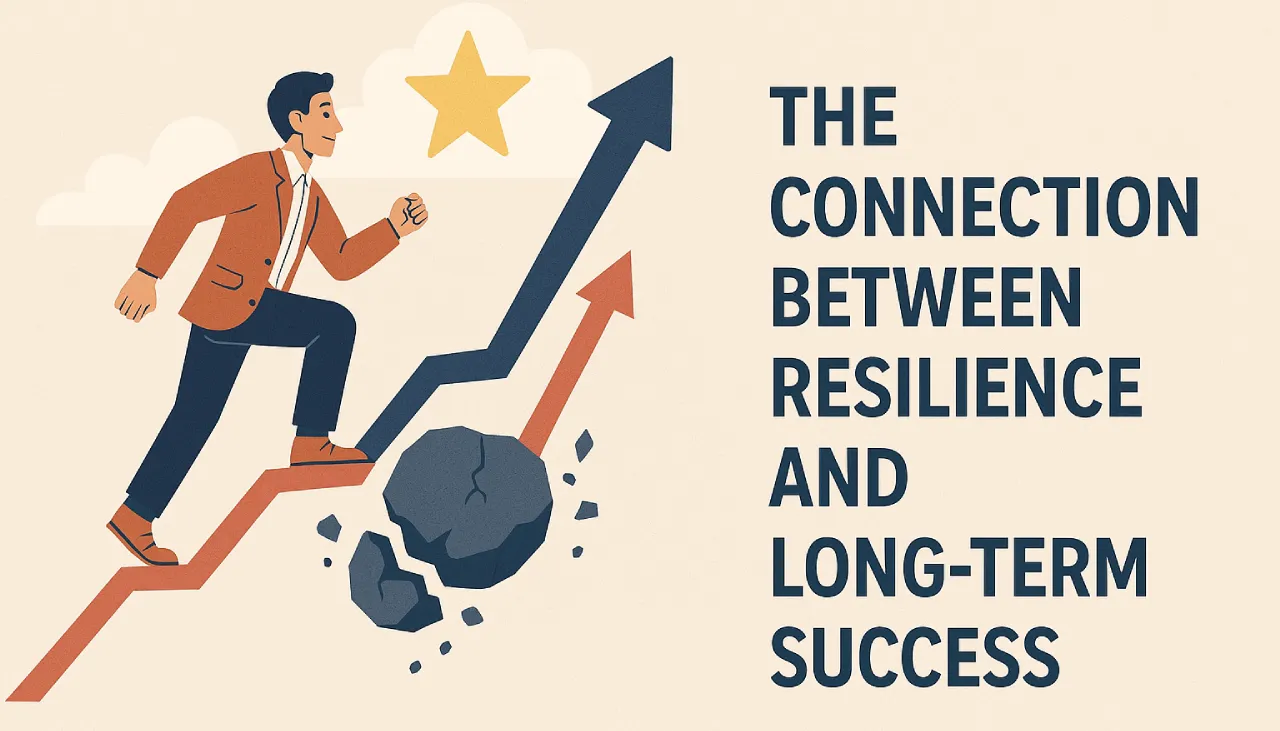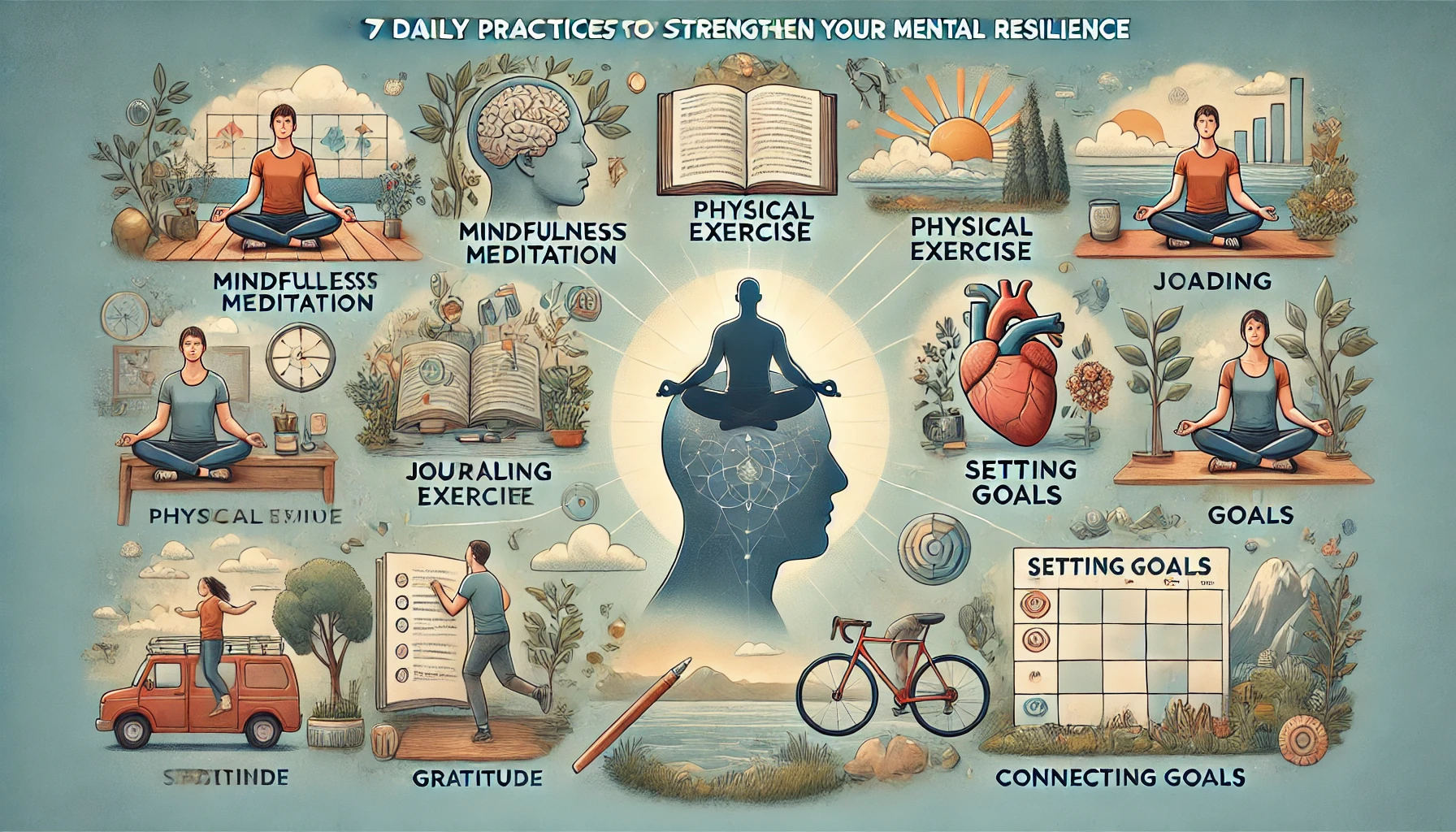Fear and doubt are two of the biggest obstacles to success. They paralyze decision-making, lower confidence, and prevent action. However, with the right mental conditioning techniques, you can train your mind to overcome these negative emotions and develop unshakable confidence.
This article explores the science behind fear and doubt, their impact on performance, and practical strategies to rewire your mindset for success.
1. Understanding Fear and Doubt: Why Do They Hold You Back?
Fear and doubt are natural defense mechanisms designed to protect us from harm. However, in today’s world, they often hold us back from taking necessary risks, pursuing growth, and achieving goals.
📌 The Science Behind Fear and Doubt
Both fear and doubt originate in the brain’s limbic system, particularly in the amygdala.
| Brain Region | Function | Effect on Fear & Doubt |
|---|---|---|
| Amygdala | Processes emotions, especially fear | Triggers fear responses, even in non-dangerous situations |
| Prefrontal Cortex | Controls rational thinking and decision-making | Can override fear if properly trained |
| Hippocampus | Stores memories | Associates past failures with future risks, creating self-doubt |
📌 Key Insight: Fear and doubt are not reality—they are signals from your brain. Learning to override them through mental conditioning allows you to move forward with confidence.
2. The Impact of Fear and Doubt on Performance
Fear and doubt don’t just affect mindset—they can cripple productivity, creativity, and success.
📌 How Fear and Doubt Sabotage Success
| Effect | How It Manifests |
|---|---|
| Paralysis | Indecisiveness, overthinking, and inaction |
| Low Confidence | Negative self-talk and avoidance of challenges |
| Reduced Performance | Anxiety leads to mistakes and lack of focus |
| Missed Opportunities | Fear of failure prevents trying new things |
| Procrastination | Delaying tasks due to self-doubt |
Example: Studies show that high performers train themselves to recognize fear without letting it dictate their actions. They take calculated risks and push through discomfort to achieve long-term success.
3. How to Rewire Your Brain to Overcome Fear and Doubt
Mental conditioning involves rewiring neural pathways to create a more confident, fearless mindset. Here are key techniques to achieve this:
✅ a) Reframe Fear as a Challenge
Instead of seeing fear as a warning to stop, reframe it as a sign that you’re growing.
📌 How to apply this:
- Instead of “I’m afraid of failing,” say “This is an opportunity to learn and improve.”
- Use fear as fuel for action rather than an excuse to hesitate.
✅ b) Develop a Fear Exposure Strategy
Fear diminishes when you gradually expose yourself to the things you’re afraid of.
📌 Step-by-step approach:
1️⃣ Identify a fear (e.g., public speaking).
2️⃣ Start small (practice in front of a mirror).
3️⃣ Increase exposure (speak in front of a friend, then a small group).
4️⃣ Keep progressing (larger audiences, higher stakes).
Why it works: The brain adapts to fear through repeated exposure, making challenges feel less threatening over time.
✅ c) Strengthen Self-Talk for Confidence
Your inner dialogue shapes your reality. Negative self-talk reinforces fear, while positive self-talk builds resilience.
📌 Practical Exercise:
- Identify negative thoughts (“I’m not good enough”).
- Replace them with empowering beliefs (“I am capable and prepared”).
- Use affirmations daily (“I trust myself to handle any challenge”).
✅ d) Train Your Mind with Visualization
Visualization conditions the brain to expect success rather than failure.
📌 How to use visualization effectively:
- Close your eyes and imagine yourself succeeding in a feared situation.
- Use all senses: see, hear, and feel the moment of triumph.
- Repeat daily to train your brain to associate success with action.
📌 Example: Olympic athletes use visualization to prepare for high-pressure events, training their brains to handle stress before stepping onto the field.
✅ e) Use Physical Conditioning to Reduce Fear
Fear is not just mental—it’s also physical. By controlling the body’s response, you can regain control over the mind.
📌 Techniques to calm fear responses:
- Deep breathing exercises to slow the heart rate.
- Progressive muscle relaxation to reduce tension.
- Regular exercise to release stress and build mental resilience.
4. Creating a Long-Term Mental Conditioning Plan
Overcoming fear and doubt requires consistent training, just like building physical strength.
📌 A Simple Daily Mental Conditioning Routine
| Time of Day | Practice | Purpose |
|---|---|---|
| Morning | Affirmations & visualization | Set a confident mindset for the day |
| Afternoon | Exposure to small challenges | Strengthen fear resilience |
| Evening | Journaling & reflection | Reinforce positive beliefs |
| Night | Meditation & deep breathing | Calm the nervous system for stronger mental control |
📌 Example: Successful entrepreneurs train their minds daily using similar mental conditioning techniques to stay focused and confident despite challenges.
5. Overcoming Setbacks: What to Do When Fear Resurfaces
Even with mental conditioning, fear and doubt may still appear. The key is knowing how to handle them effectively.
✅ Recognize Fear as a Passing Emotion
Fear is not reality—it’s just a feeling. Remind yourself that fear will fade as you take action.
📌 Mantra: “This fear is temporary. I control my actions.”
✅ Focus on Small Wins
When doubt creeps in, shift focus to progress rather than perfection.
📌 Action Step:
- Write down three small successes at the end of each day.
- Celebrate progress, no matter how small.
✅ Seek Support from Resilient People
Surrounding yourself with confident, growth-minded individuals reinforces mental strength.
📌 How to apply this:
- Learn from mentors who have overcome similar fears.
- Join communities that encourage courage and action.
Final Thoughts: Fear and Doubt Are Obstacles You Can Overcome
✅ Fear and doubt are natural but can be reconditioned through mental training.
✅ By reframing fear, exposing yourself to challenges, and strengthening self-talk, you can develop unstoppable confidence.
✅ With consistent practice, overcoming fear becomes a habit—leading to greater success and fulfillment.
Take action today. Train your mind, push through doubt, and step boldly toward your goals.












Leave a Reply